Witness the Natural Wonders Exclusive to Mexico
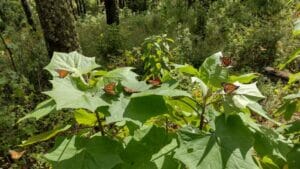
Monarch Butterfly – “The Great Migrator”
The Monarch Butterfly is characterized by its distinctive orange and black patterns. Many of you may have seen the breathtaking sight of these butterflies gathered closely together in videos or photographs. This species is renowned for its rare mass migration in the natural world, and its ecology remains a mystery to entomologists.
Monarch Butterflies are born in the northern regions of the United States and the southern parts of Canada. Some of them (known as the Methuselah generation) travel south through North America and spend about four months in the forests of Michoacán and Mexico states in central Mexico before migrating back north to North America in spring. This incredible journey covers a one-way distance of 4,000 kilometers. With a weight of less than 1g, they undertake this extraordinary migration, wintering in Mexico’s lands, laying eggs, and completing their awe-inspiring life cycle.
However, their population has drastically declined to just 10% of the numbers seen in the 1990s, leading them to be classified as an endangered species. The primary cause of this decline is undoubtedly human activities. The major factor is the significant reduction in their food source, the Asclepias plants, commonly known as milkweed. This decrease is linked to the use of herbicides in large-scale agricultural areas, such as cornfields. Corn, genetically modified to withstand these herbicides, allows only milkweed plants, on which Monarchs exclusively lay their eggs, to be eradicated in large quantities, depriving them of their vital “breeding grounds.”
The reduction of the forests in Michoacán, their wintering grounds, is also a contributing factor. Illegal logging and human-generated noise have disturbed their habitats, preventing them from storing the necessary energy (fat) for their return journey and causing many of them to perish along the way.
In the future, our company aims to get involved in conservation efforts for Monarch Butterflies in some capacity. We are preparing materials and explanations so that our customers can understand the challenges these creatures face, not only for the sake of “appreciation” but also for deeper empathy.
Experience “The Mexico” in Michoacán State
Visiting Michoacán State just to see the Monarch Butterflies is an opportunity not to be missed. When traveling to the forests, we highly recommend exploring other attractions in Michoacán.
Michoacán State boasts three UNESCO World Heritage Sites.
Compared to other regions, Michoacán still retains a strong sense of “locality” because it is relatively lesser-known among foreign travelers. One reason for this is its geographical location, as it is off the popular tourist route, such as the Golden Route that includes Guanajuato and Oaxaca.
Additionally, Michoacán has fewer globally recognized beautiful towns like San Miguel de Allende or Guanajuato and lacks massive pyramids like Teotihuacan. Therefore, to fully appreciate the beauty of Michoacán, it helps to understand its background a little better.
The Three Major Aspects of Michoacán Tourism
- Purepecha Culture
- History
- Michoacán Cuisine
These elements play a significant role in shaping “Mexico” as a nation. Without these three key aspects of Michoacán tourism, it is safe to say that “Mexico” as a country cannot be fully represented.
Purepecha Culture
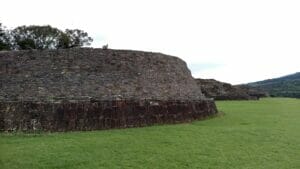
👆Tzintzuntzan Ruins
Flourishing in the central-western region of Mexico during the same period as the well-known Aztec Empire, the Purepecha civilization resisted the invasion of the Mexica and managed to escape their rule. Consequently, many place names in Michoacán have Purépecha origins.
The former capital of this grand civilization is Pátzcuaro (Pátzcuaro), located about 50 kilometers west of the current state capital, Morelia. The name “Pátzcuaro” is derived from the Purépecha language and means “door to the sky.” The roots of modern “Day of the Dead” festivities can be traced back to this region, making the Day of the Dead celebrations here unique and distinctive.
Another significant town, Tzintzuntzan, served as the Purépecha’s capital after moving from Pátzcuaro. The name “Tzintzuntzan” translates to “place of hummingbirds.” Today, it remains as a archaeological site, featuring unique structures called “yacatas” not found in other regions.
History of Morelia
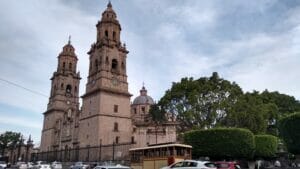
👆Morelia’s Cathedral
In the formation of “Modern Mexico,” there are several pivotal events that cannot be forgotten. To liken it to Japanese history, they are comparable to the Meiji Restoration. These historical events lead to both losses and gains. For the countries or regions that experienced European invasion, the concept of “independence” might be unfamiliar to Japan, but it remains an essential event.
Mexico has two significant historical events—the first being the European invasion, and the second, its liberation (independence) from Spain. While Japan might not be familiar with the concept of “independence,” this event holds great importance for countries or regions that experienced European invasion. Guanajuato, San Miguel de Allende, and Dolores Hidalgo in Guanajuato state are widely known for Mexico’s independence. However, Morelia also played a vital role in this process. It was the location where early conspirators secretly held meetings as the movement for independence gained momentum. Additionally, it is the birthplace of José María Morelos y Pavón, known as the father of Mexican independence, who reinvigorated the movement after the death of Miguel Hidalgo. The name “Morelia” is derived from his name, Morelos.
With its layout and buildings dating back to the mid-Edo period, this city’s historical value has earned it a UNESCO World Heritage Site designation.
Michoacán’s Intangible Cultural Heritage – Food
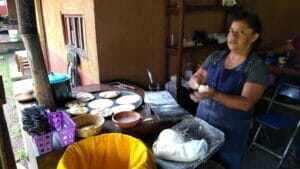
👆Michoacán women preparing food
Mexican cuisine has a long history, and one of the oldest known dishes is “tamal.” Wall paintings dating back to around 100 BC depict the consumption of tamales, a food that remains an indispensable part of everyday life for the Mexican people.
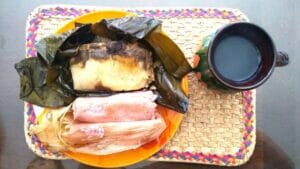
👆Tamal and Coffee
In the area that is now Mexico, many crops were either “cultivated” for the first time or are indigenous to the region. Corn, squash, beans, chili peppers, cacao, vanilla, and more continue to be fundamental ingredients in Mexican cuisine to this day.
The UNESCO Intangible Cultural Heritage inscription applies not only to specific Mexican dishes but rather to the “food customs in Michoacán State.”
We also offer cooking classes with local residents.
Photo Gallery
The Miracles of Monarch Butterflies
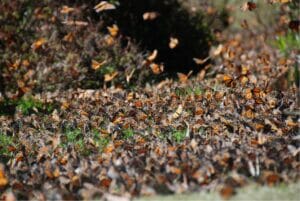
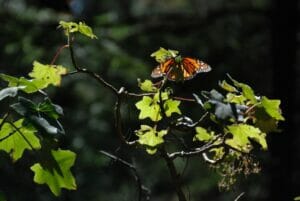
Traces of Purepecha Culture

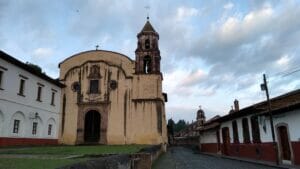
No Morelia, No Modern Mexico

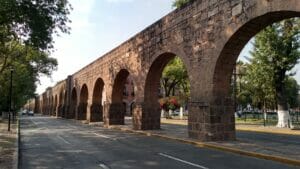
Michoacán’s Food – An Intangible Cultural Heritage
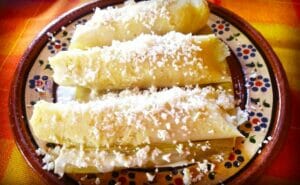
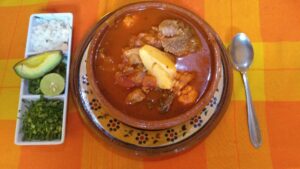
Who Should Experience This?
- Those who want to feel the authentic side of Mexico.
- Those who want to turn “travel time” into “discovery time.”
- Those who find regular tours unfulfilling.
- Female travelers.
- Those with abundant energy.
- Those who seek a special trip to Mexico.
- Those who love culture and nature.
- Those looking for an intimate group travel experience (graduation trips, birthdays, anniversaries, milestone celebrations, honoring parents, etc.).
Of course, everyone is welcome, not just those mentioned above!